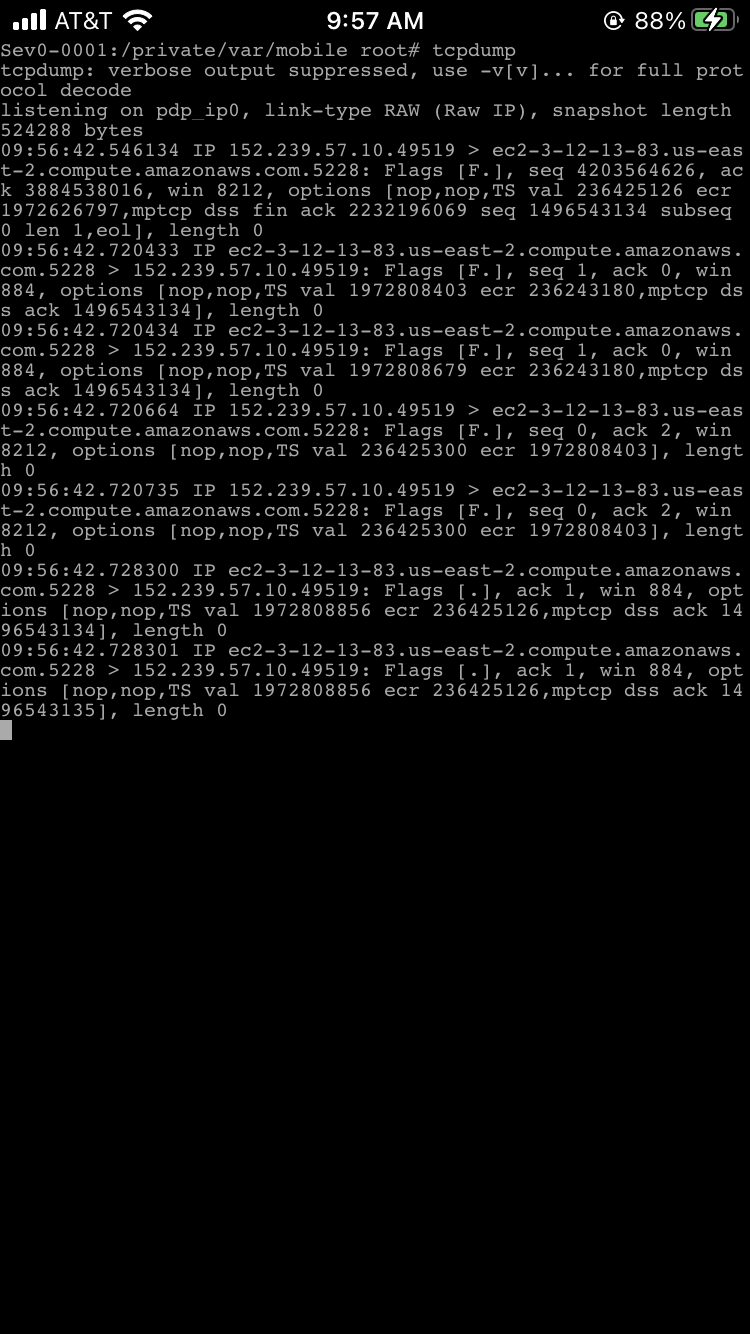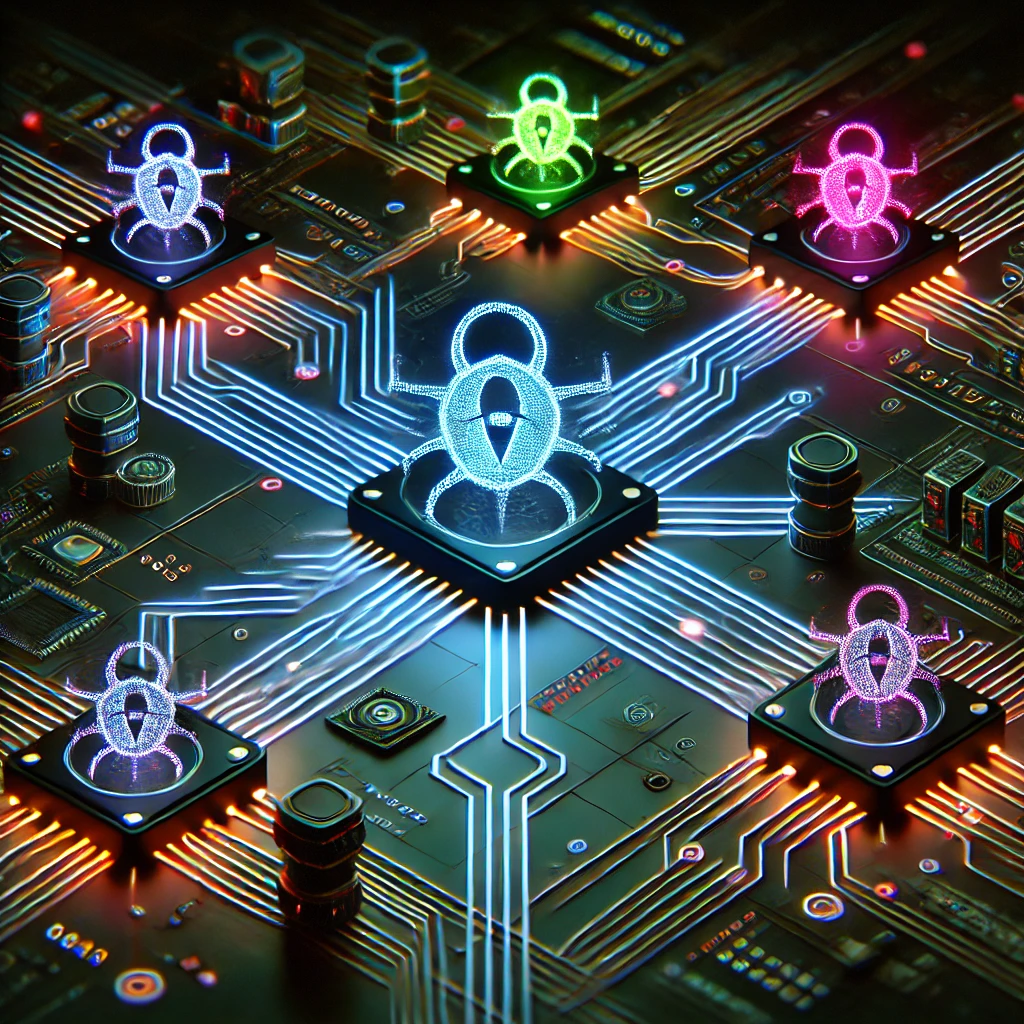The rapid growth of IoT devices across various industries brings both innovation and increased cybersecurity risks. As these devices become more integral to business operations, regulatory bodies worldwide are implementing stricter cybersecurity and data privacy regulations to ensure safety and protect sensitive information. This 2024 update covers the key IoT security regulations and standards your organization needs to be aware of, including some of the latest FDA requirements for IoT medical devices.
Why IoT Security Regulations Are Essential
IoT devices play critical roles in sectors like healthcare, manufacturing, retail, and smart infrastructure, each collecting and transmitting vast amounts of data. However, cybersecurity risks associated with IoT devices are significant—ranging from unpatched vulnerabilities to physical tampering and lack of encryption.
To address these risks, regulatory bodies such as the EU, U.S. government, and industry organizations are developing policies to standardize security practices. These regulations aim to protect user data, ensure device integrity, and maintain operational resilience. Companies that fail to comply face financial penalties, potential reputational damage, and increased vulnerability to cyberattacks.
Key IoT Security Standards to Know in 2024
1. IoT Cybersecurity Improvement Act (U.S.)
The IoT Cybersecurity Improvement Act applies to IoT devices used by federal agencies, establishing guidelines for secure device management and procurement. The act requires IoT devices to meet minimum security standards, such as encryption, identity management, and timely updates, and mandates federal agencies to work only with vendors that comply. Although this is now years old, it’s still something we want to mention as we near closer to 2025.
2. European Cybersecurity Act (EU)
The European Cybersecurity Act is a comprehensive framework for IoT security in the EU. It enforces standards for device encryption, data integrity, and risk assessment while creating a voluntary certification system for IoT devices. Organizations that prioritize certification demonstrate compliance with EU cybersecurity standards, making them trusted vendors in the region. This is also years old but has recently adopted amendments to build upon the existing requirements.
3. NIST Cybersecurity Framework (U.S.)
The National Institute of Standards and Technology (NIST) offers a Cybersecurity Framework widely adopted by industries in the U.S. and abroad. The framework includes specific guidelines for IoT device security, covering risk management, data protection, and incident response. NIST also issues sector-specific guidelines, such as for healthcare and manufacturing, addressing specific IoT risks.
4. ISO/IEC 30141 Standard (International)
The ISO/IEC 30141 is an international standard for IoT architecture that emphasizes security, privacy, and interoperability. It provides a structured approach for organizations looking to implement secure IoT solutions and guides on how to assess device vulnerabilities and manage risks. For global companies, ISO/IEC 30141 compliance is particularly beneficial in establishing cross-border trust and security assurance.
5. California IoT Security Law
In the U.S., California IoT Security Law mandates that IoT devices sold or used in California must have “reasonable security features” such as unique passwords and authentication processes. This law is one of the first state-level regulations targeting consumer IoT device security and is likely to set a precedent for other states in the U.S.
FDA Requirements for IoT Medical Devices
In 2023, the U.S. Food and Drug Administration (FDA) implemented updated cybersecurity requirements specifically targeting IoT medical devices. With patient safety and data protection as the primary focus, these guidelines emphasize cybersecurity across all stages of the device lifecycle, from design and manufacturing to monitoring and updates.
Key FDA IoT Device Requirements
- Pre-Market Cybersecurity Documentation
Medical device manufacturers must include a cybersecurity documentation section in their FDA pre-market submissions. This documentation should detail the device’s cybersecurity features, anticipated risks, and strategies to mitigate those risks. The goal is to ensure devices are designed with security in mind from the start. - Post-Market Surveillance
The FDA requires manufacturers to establish post-market surveillance processes, ensuring devices remain secure once deployed. Companies must monitor vulnerabilities and implement timely updates to address new threats as they arise. - Unique Device Identification (UDI)
IoT medical devices must comply with the Unique Device Identification (UDI) system, enabling accurate tracking and identification. The UDI ensures that devices can be easily managed and updated, which is essential for effective post-market security management. UDI does not apply to all devices and many exceptions exist for low risk Class I and custom-made devices. - Software Bill of Materials (SBOM)
The FDA encourages the use of Software Bill of Materials (SBOM) for all IoT medical devices. An SBOM is a detailed inventory of all software components within a device, enabling healthcare organizations to track software origins, detect potential vulnerabilities, and respond quickly in the event of a breach.
These FDA requirements highlight the increased regulatory scrutiny around IoT medical devices and emphasize the need for comprehensive security management from the design phase to end-of-life.
How to Achieve IoT Regulatory Compliance
Navigating these regulations may seem daunting, but the following steps can help your organization meet compliance requirements and protect IoT devices from potential threats:
1. Conduct Regular Security Assessments
- Perform risk assessments to identify vulnerabilities within your IoT environment.
- Regularly review device settings, protocols, and configurations for any weaknesses or outdated settings.
2. Implement Identity and Access Management (IAM)
- Limit access to IoT devices through identity and access management (IAM) controls. Ensure devices are protected by strong, unique passwords and multi-factor authentication wherever possible.
3. Prioritize Firmware and Software Updates
- Establish a schedule for regular firmware and software updates across all IoT devices. If devices don’t support updates, consider alternatives or isolate them within segmented networks. Work with Vendors to prioritize updates to firmware as vulnerabilities are discovered.
4. Use Secure Communication Protocols
- Protect data in transit by implementing TLS/SSL encryption and secure tunneling for communication between IoT devices and central systems.
5. Maintain Documentation and Monitoring Systems
- Keep detailed documentation on all IoT devices, including inventory records, software versions, and configurations. Monitoring systems should provide real-time alerts for unauthorized access or suspicious activity.
6. Train Staff on IoT Compliance Requirements
- Provide ongoing training for all employees working with IoT devices, ensuring they understand regulatory requirements and best practices for device security.
7. Collaborate with Vendors on Compliance
- Choose vendors committed to regulatory compliance and establish contracts that mandate security standards. Require vendors to provide security documentation and audit trails as part of your procurement process.
Staying Compliant in 2024 and Beyond
Compliance with IoT security regulations is not just about avoiding penalties—it’s about protecting your business, your customers, and maintaining trust in an increasingly connected world. From the IoT Cybersecurity Improvement Act in the U.S. to the FDA’s rigorous requirements for medical devices, the regulatory landscape for IoT devices is expanding quickly, emphasizing the need for secure design, thorough documentation, and continuous monitoring.
By following these regulations, companies can stay compliant, mitigate security risks, and build customer trust. Prioritizing IoT security today will prepare your organization for the challenges and opportunities of tomorrow.







